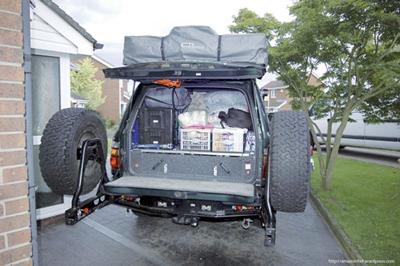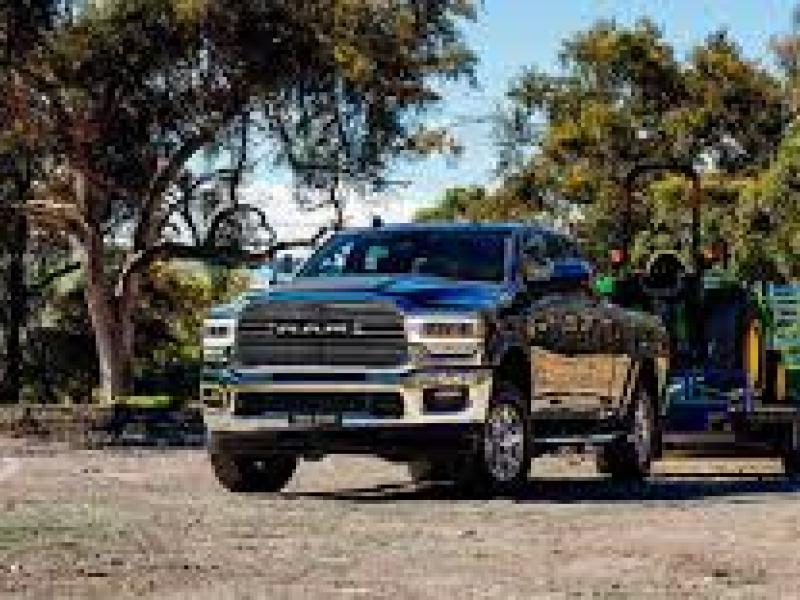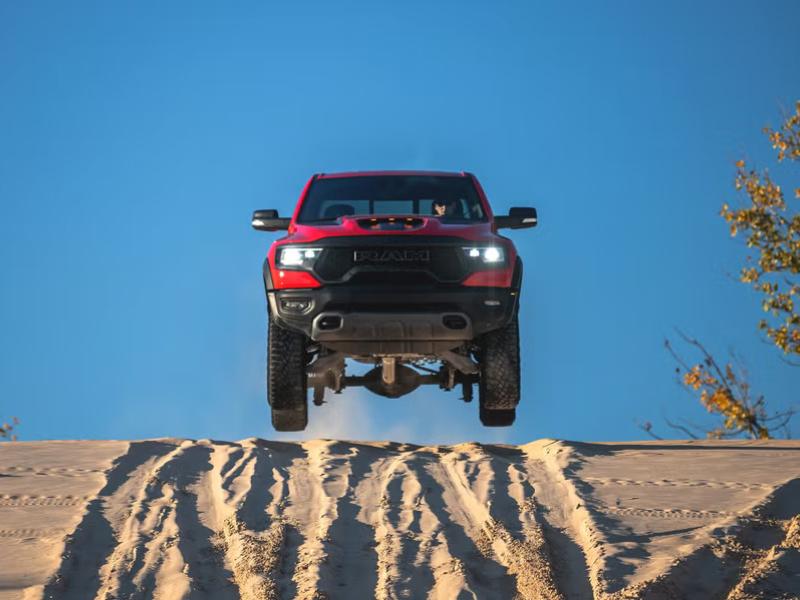Do you take everything you can think of when you go off-roading or camping? Do you even think about the GVM – or do you even know what your vehicle’s is? John Oxley reports.
One of the things that never fails to amaze us is how many people don’t realise just how little they are allowed to carry in their 4WDs, and how much over the gross weight they usually are when they go off-roading.
This is particularly so if you’re going camping, where you tend to load as much as you can without thought for what the law states. And this is really one of those cases where flouting the law is not just, well, illegal, it can turn out to be downright dangerous! What’s more, if your vehicle exceeds these limits you could be up for a costly fine, and even void your insurance conditions. So if you have a crash, you could end up paying out of your own pocket.
The GVM is calculated by the manufacturers to ensure that the vehicle’s suspension, steering, brakes, and even such things as chassis strength, are all within the vehicle’s capabilities at the maximum GVM. However, the moment you start to exceed that limit, you’re starting to push the boundaries.
This is particularly so when you’re off-road, where you may be subject to outside forces, such as suspension twisters, sidlings and steep uphills or downhills, that tax your vehicle’s ability. Heck, many vehicles are taxed off-road with just a driver on board, never mind with everything except the kitchen sink!
The tare mass (kerb weight) is defined as the mass of a vehicle ready for service, unoccupied and unladen, with all fluid reservoirs filled to nominal capacity except for fuel, (10 litres only), and with all standard equipment. The carrying capacity, therefore, is usually the difference between tare and GVM.
To give an example of what this means, a Toyota Hilux Double Cab manual has a kerb weight of 1,810kg and a GVM of 2,780kg, which means the total you can carry is 970kg.
Take away a full tank of diesel – that’s 76 litres – so minus the 10 litres, which is part of kerb weight, you’re adding around 56kg. That’s with diesel
That leaves 914kg to play with.
Then there are the passengers. The rules of size and weight for air transport I always remember is 16 inches to a bum, 16 bums to a ton. Funny how some things stick in your mind.
So the weight of passengers is 1,000kg divided by 16 x 5 = 312kg. That’s a good average for two adults and three kids. Carry bigger people, and that number rises.
That means you’ve just 602kg left. Add dual batteries, a canopy, a bull bar, a roof rack, roller drawers, fridge, recovery gear, and you’re starting to run out of weight capacity. Anything you put on your vehicle has to be calculated into the GVM.
And in the case of the Hilux, we’re talking about a vehicle designed to carry loads.
But what about your nice 4WD wagon?
Let’s look at the top end of the scale, a Toyota Land Cruiser 200. Despite its size, it’s only got a payload of 600kg. Chuck in a full tank of diesel (138 litres minus the 10 from kerb weight = 128 litres), and you’ve now got only 491kg left.
Now, we could get stupid and put the full compliment of seven people into the ‘Cruiser, at which point you only have 53.5kg kg to play with! With some families I know, that’ll be the food they need for a weekend away from home. Forget about the camping gear, clothes, and of course your recovery kit…
How do you get around this? Well, you could get a suspension upgrade which will increase your GVM, but you’ll need LVVTA compliance to get this – and that could put you over the 3,500kg limit, which means you’ll have to limit your speed to 90 km/h on the open road. Or you could learn to pack really carefully, and think before you chuck everything into the back of your truck!
To get real piece-of-mind it’s worth checking the loaded weight at a weighbridge before you set off. Could save you a lot of money in the end.
And exceeding a GVM is not the only concern, as depending on the weight distribution, you can overload an axle and still be under GVM. A broken axle is not funny. Also a trailer with the recommended 10 percent ball weight impacts on your carrying capacity.







